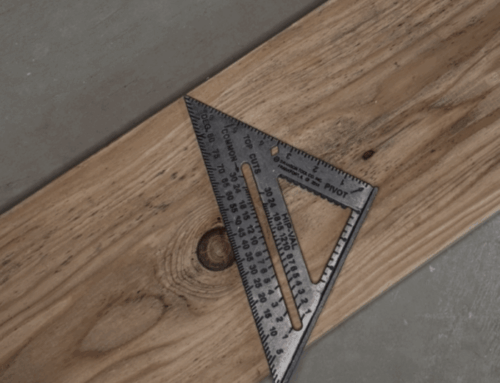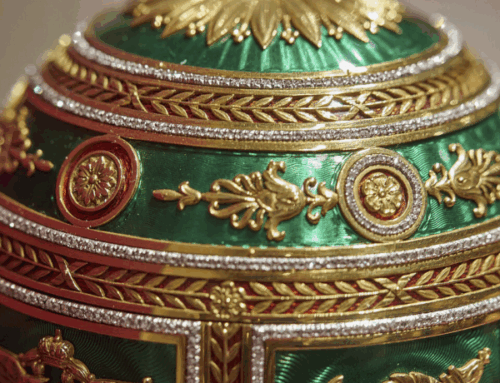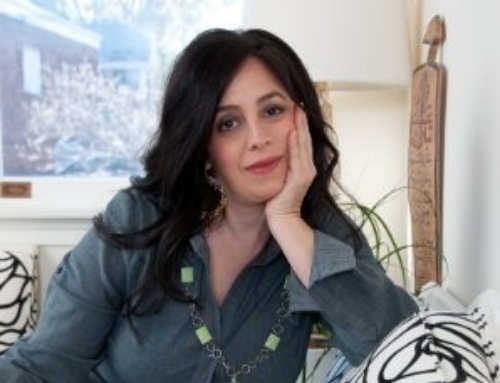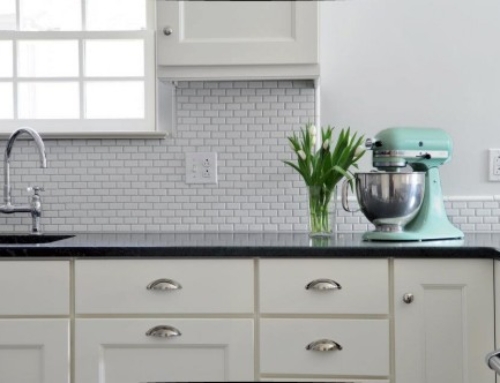Q and A: Checking in With Myers Constructs
As the busy fall home-renovation season kicks off, Myers Constructs co-owner Diane Menke sits down for a chat about breaking traditional design build paradigms, finding paths for growth in a difficult economy, and the surprising places where her team finds design inspiration.
Q: Tell us about your design to build philosophy.
DM: Generally speaking, design build is a model in which the design and construction phases of a renovation project are done in a streamlined fashion — often by having design and construction professionals team up in order to save time and money. Our approach is a different take on this concept. We do both design and construction in house, using a very tight system of steps we have developed over the years. We call it Design to Build™ because we only design projects to build them. We don’t spend a client’s financial resources on exploration of ideas that won’t be built. Our system uses proprietary designing and budgeting tools to ensure the design and construction phases of a project are developed with efficient precision, as well as with great style.
My business partner, Tamara Myers, and I developed this approach after dozens of frustrated homeowners started calling on us with their architect- and designer-driven designs that they couldn’t afford to buid. We both come from backgrounds in fine arts and crafts. While studying for our respective BFA degrees, we were expected to explore and understand departments outside of our major. This philosophy mirrored Germany’s Bauhaus Movement, in which artists were expected to understand all of the arts — craft media, 3D, 2D, color theory, architecture — because they are so interrelated. In addition, we were taught the history of these various media. That exploration helped explain world history, and how various media and styles of architecture, literature, music or crafts arrived in places around the world. If I had to use one phrase to describe this kind of education, it would be “stay curious.” This is how we approach the many disciplines of home renovation at our company. And it’s this curiosity that made it possible to develop a logical system to address the design and construction needs of the homeowners, but keep control of the budgets for them.
Q: What motivated you to break the traditional design build mold?
DM: We really wanted to form a strong, lasting business to take care of customers and employees really well, long term. We didn’t want to sell on price. That’s just a race to the bottom, and it leads to bad remodeling experiences. We never want a client to tell a “remodeling horror story” about our company to their friends. We tell prospects right up front that we are not the cheapest option out there. We can’t be if we want to do a good job for them and take care of our employees.
We also didn’t want to involve our company in bidding on jobs. Typically, architects will design a project, then send it out for price checking or “bids.” But we find that many architects aren’t in touch with what it costs a company like ours to stay healthy and complete great projects. As a result, many of those projects don’t get built because they exceed clients’ budgets. That’s not a system that works for us. That said, we do occasionally team up with architects who understand the value of our Design to Build process and are willing to work within our model.
Q: How did you and Tamara come to join forces?
DM: When I first met Tamara through mutual friends, I was impressed with her intelligence and character right away. She had come to work at a job I was on at a Center City condo project. Not long after that, we teamed up on a very large whole-house restoration project in South Philly, with Tam running design and construction and my company handling paint and specialty finishes. I just fell into taking care of various on-site tasks and managing the crews for her while she planned and did a lot of management from the office. So we teamed up then on the whole project. At the same time, I encouraged her to have us set up a proper corporation to run this huge, new project. It’s been a little like that our whole relationship, both personally and professionally. I propose new ideas, Tamara thinks about it for a while, and then we grow things. Even today, generally speaking, I run production, and Tamara runs sales and design. We do consult and advise each other, but we try to respect one another’s sandboxes. It’s good because we are in the positions of the company that suit us best.
Q: What types of homeowners are a good fit for your firm — and which are better suited for other design models?
DM: Our best clients see themselves as part of the project-development team during the design phase. They are willing to imagine some magic they would love to have in their daily life, and share that desire with us so we can make it happen for them. They are willing to talk about their budget from the start. They trust us and our process. Some clients want us to tell them what materials and products to use, and we like that. Others want to touch and try materials and products, and that’s fine too. Typically, we have to ask clients to stretch a bit to get a really great design. Great clients “go there” with us.
Our design phase includes regular discussions about project costs. We present that information, broken down by category, in a very detailed spreadsheet. Our best clients understand that, just like baking a pound cake, they can’t pull items out of a project willy nilly thinking they will save money. We work with our client’s selections to stay on target. This is because we know where substitutions will work and where they won’t.
Once the design phase is complete, we typically move pretty quickly into production. Production is very different than the fun, exploratory design phase. Production is very stressful for clients because it’s messy and noisy. Additionally, and this is very important to understand, we need to produce a project very efficiently to keep it on budget, make a profit for our company, and take care of all the people our company supports. Production is not at all like the exploratory design phase; it’s the exact opposite! During production, clients need to step back, make room, and breathe deeply for a few weeks. They need to complete any outstanding homework or last decisions they owe us on time, or their project will exceed the fixed price we promised them. This is a lot of pressure for some clients. Our best clients trust the process, and take themselves out for dinner and cocktails when things get stressful.
Q: Home renovation is such a personalized experience. How do you use your process to select products and finishes that work best for client projects?
DM: Our Design to Build process starts with questions. Lots and lots of questions. We aim to have clients share their dreams and desires with us, and even stretch a little bit here. During the design phase, we will present several options for layout. Often, a client will have some material or object that starts them down a design or style path. We listen to these ideas and explore them with our clients to help them come to great decisions. Typically, we will steer people toward products and finishes that are long lasting and have timeless style. We avoid trendy selections.
Q: Give us some examples of where your team’s design inspiration comes from. Any unusual sources?
DM: Design is such a fascinating thing to study. Once your eyes are opened, you find inspiration everywhere. Our team has spent a lifetime building structures, looking at how different elements work together, and understanding what they are made of, so we are always looking at everything from a design perspective.
Personally, I believe that you can’t build a fantastic kitchen if you don’t understand how one works. My first jobs in high school and college were in restaurant kitchens. I have covered all stations from Morning Baker at The Commissary, to first and second on the line at La Terrasse. So I know my way around a kitchen, but I especially know production. You have to know how to get work done very efficiently and systematically in restaurant kitchens. I had to learn how to work with a team, to give and take orders. You learn to take some ingredients that don’t work well together, like eggs and oil, and turn them into something luscious and beautiful, like a great mayonnaise.
Lately, hobbies have provided fodder for design, as well. I recently got into shooting sporting clays. The guns and some of the shooting locations are so beautiful, and the history and connection to food are interesting to me. Many of the people I shoot with love cooking and good wine or beer … the good life, in general. A dream of mine is to purchase a fine estate with a large tract of land and develop it into a hunting, fishing and shooting destination for clients — with a great kitchen, of course! I also love my Italian motorcycles. They are such wonderfully wrought machines. They are always ahead of design and technical innovations, many of which come from Grand Prix or Formula 1 racing. Their design style and technical innovations spill over into areas that touch all of our lives every day. I’d love to do some renovations for motor enthusiasts, but the opportunity hasn’t presented itself yet. Even motoring fashions are interesting. I have 12-year-old leather garments I wear when I ride that are timeless and still look brand new because they are so well made. My waxed cotton Belstaff jacket has provided service for over 20 years, but is still completely stylish. In fact, the same jacket has just been re-released as a “classic.”
Tamara loves to travel to all sorts of interesting destinations and attend industry events like Design Miami, as well as various fine arts and music venues. While on the road, we find inspiration in places like boutique hotels that provide great service and have interesting interior designs and attractive staff who know what you like in your coffee. These places have the same great personalized service that our company aims to deliver.
Q: What’s on the horizon for Myers Constructs?
DM: We are very excited about several things we have in the works that we’ll be presenting during the next few months. We have some exciting new design software we are employing to help us communicate more effectively with clients. Keep an eye on our website. We’ll be displaying the results there soon, probably by the end of September. Despite the economy, we are also expanding, both in staff size and target markets. The bulk of our work still consists of older, distinctive homes in the metro Philadelphia area, including parts of Bucks County, Chestnut Hill, Mt. Airy and the Main Line. But we’ve recently started working on some of the so-called “McMansions” built in the 1980s that are now in need of updating, and we’ve picked up some projects for homes built in the 1950s and ’60s, as well. On all of our projects, we try to tailor these homes to meet today’s lifestyle needs. Each of the eras of homes have particular problems we know how to fix to make them more livable. Finally, while the cost of energy and other resources keeps going up, we are finally seeing homeowners express interest in the energy efficiency of their homes. We bring the same philosophy to these efficiency projects that we do to Design to Build: We study the particular needs of that home and its owners, and we provide a holistic, long-lasting, cost-effective solution.





